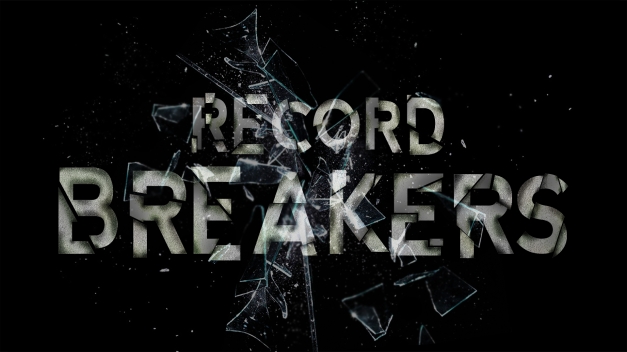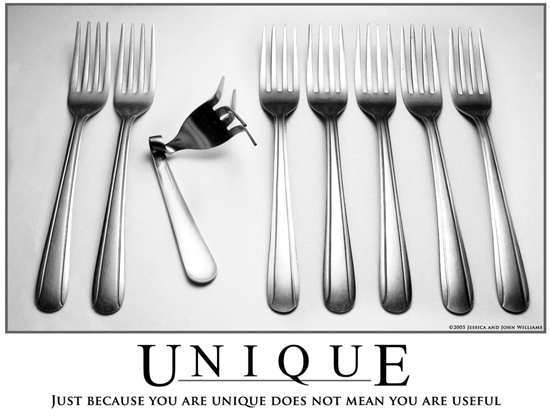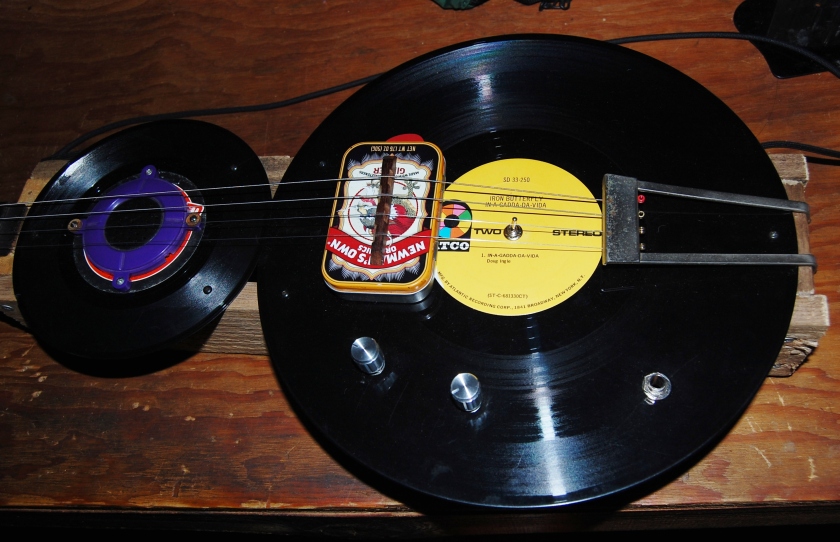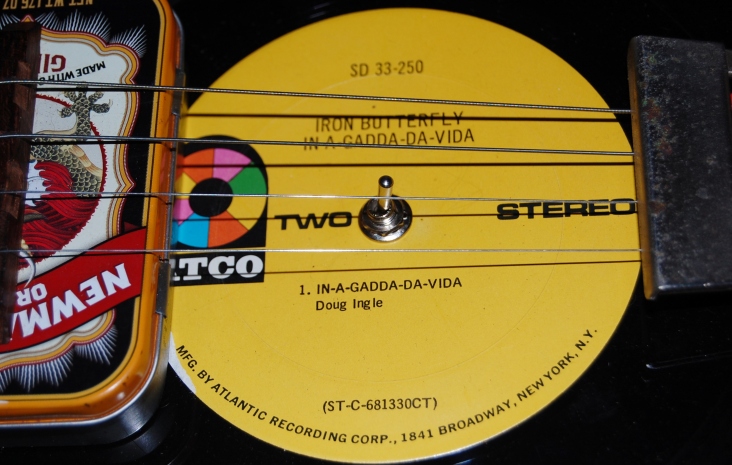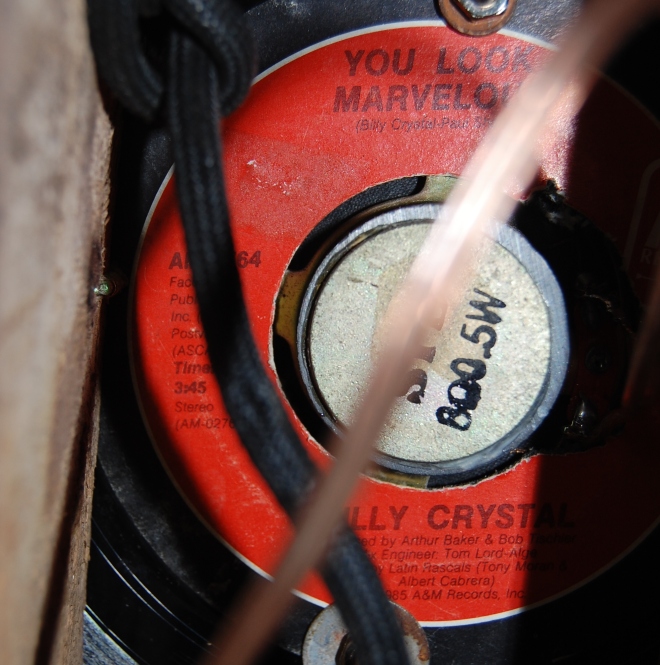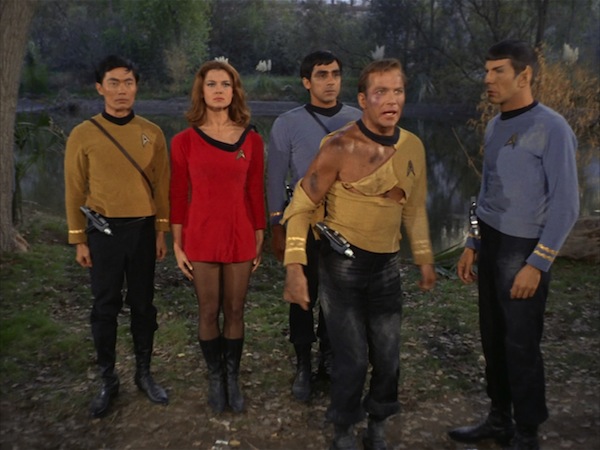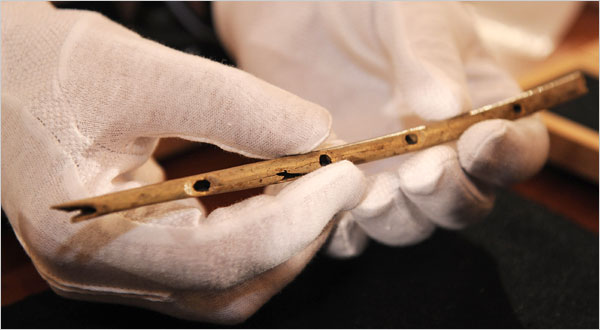I just finished building myself a new guitar. In itself, I don’t think that sets any new records, except perhaps for some personal records for myself. For instance: This new guitar, with four strings, has more strings than any instrument I’ve built so far. I don’t expect that record to last long, because I’ve already begun work on a crude electric harp. This is also the first stringed instrument I’ve built that has a fret-board, although I didn’t set the frets, and it’s the first electric stringed instrument I’ve built that has a built-in amplifier.
Aside from these personal records, I can’t even claim to have recorded any new records with this guitar. I just finished building it, after all. I’m just getting to know the instrument. I wanted to build an instrument with a unique sound, and I’ve achieved that, but I expect it will take a while before I learn to speak its language fluently enough to compose music for it. Although it has a unique sound, I can’t say it’s uniqueness breaks any records.
You could see my new guitar as a kind of phoenix, rising from the ashes of an older, if not unique, at least unusual guitar. My new guitar began with an listing on the SoHum Buy-Sell-Trade Facebook page where I let people know that I was looking for junk guitar parts, especially tuning machines. Felix Omai responded to my ad by generously offering to give me the remains of an old Harmony brand arch-top, four-string, tenor guitar. I was delighted to receive it.
The guitar was in pretty sad shape. It’s arch had fallen, the back of the body had come off, the front of the body detached from the sides, and the fret-board fell off of the neck. One of the tuning pegs turned to dust between my fingers as I tried, for obviously the first time in many years, to turn it.
I googled the guitar online, and found a nice picture of what it must have looked like in its heyday, and I have to admit that it was a pretty sharp-looking guitar, considering that it retailed for $79.00 in the Sears and Roebuck Catalog. Even in 1962, that was a pretty cheap guitar.
The online reviews, however, all panned the guitar’s sound as “muddy,” “undefined,” and “bottom-heavy,” so I didn’t feel bad about salvaging the parts I could use to make a new and unique instrument. After I reattached the fret-board to the neck, and replaced the broken tuning peg with a little slab of deer antler, I salvaged the whole neck assembly, as well as the tailpiece and part of the rosewood bridge.
I replaced the body with a crude rectangle of wood I salvaged from a shipping pallet. I built an electric pickup of my own design using an upcycled mint tin, a piezoelectric disc I salvaged from an electronic toy, some compression springs I got at Scrap Humboldt, and the rosewood string saddles from the bridge of the old Harmony. This unique acoustic-electric bridge pickup, with built-in spring reverb gives the guitar its unique sound, at least partially.
My new guitar’s other secret weapon is its on-board amplifier, with a speaker mounted directly beneath the strings. I built the amplifier around an LM386 8-pin amplifier chip, and powered it with a 9-volt battery.
The amplifier has an on-off switch, input volume, and gain control, which allows me to play it as an “acoustic’ instrument, that is, without plugging it into an external amplifiers, and to overdrive the amplifier producing distortion and feedback, whether it is plugged into an external amplifier or not.
Still, I did have to break two records to build this guitar, and no one will ever listen to this copy of Iron Butterfly’s 1960’s rock anthem, Inna-Gadda-Da-Vida,
or Billy Crystal’s hit single You Look Marvelous again.
Instead, you can listen to to me play them like this:
